Douglas Leboyare
Chairman, Kirisia CFA
LET'S HELP KIRISIA : PARTNER & SUPPORT
The Kirisia Forest, locally known as Leroghi, spans over 91,944 hectares in Samburu County, making it one of Kenya’s oldest and most vital indigenous forests. Gazetted in 1933, it forms part of the Leroghi Plateau — a crucial water tower, carbon sink, and biodiversity haven.
Kirisia is home to 37 species of mammals, 327 bird species, and over 450 plant varieties. The forest sustains pastoralist communities with rivers, grazing land, and sacred cultural sites, while also storing significant carbon that supports climate resilience across northern Kenya.
The Kirisia Community Forest Association (CFA) works with local people, the Kenya Forest Service, and partners like FAO to conserve this ecosystem through reforestation, fire prevention, and community education.
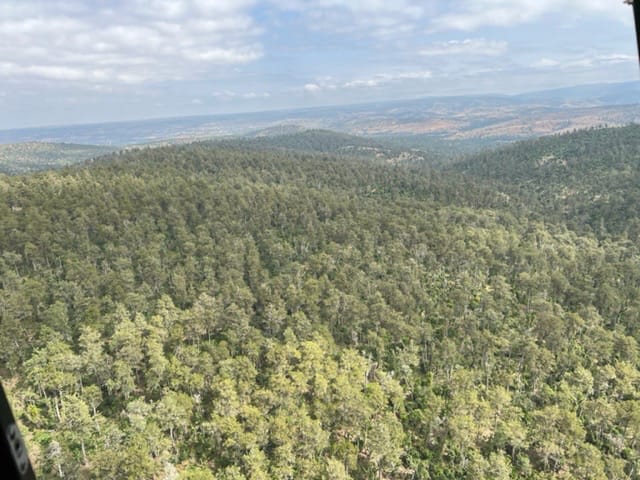
of Indigenous
Forest
Year Gazetted as a
Forest Reserve
Mammal
Species
Bird
Species
The Kirisia Forest, one of Kenya’s oldest gazetted forests, serves as a critical water tower, carbon sink, and biodiversity refuge in Samburu County. Its mission is not written in words, but in its role: providing water, sustaining wildlife, and supporting livelihoods for thousands of people across northern Kenya.
A thriving, restored, and protected indigenous forest ecosystem that sustains biodiversity, preserves cultural heritage, and ensures climate resilience for future generations of Samburu and Kenya.
Beyond being a forest, Kirisia is a lifeline. Its rivers supply water to surrounding lowlands, its canopy shelters unique wildlife, and its soils store carbon critical for combating climate change. Protecting Kirisia means protecting people, wildlife, and culture together.
Source of seasonal rivers and groundwater
Home to 450+ plant species
Habitat for 37 mammals and 327 bird species
Supports local Samburu pastoralist livelihoods
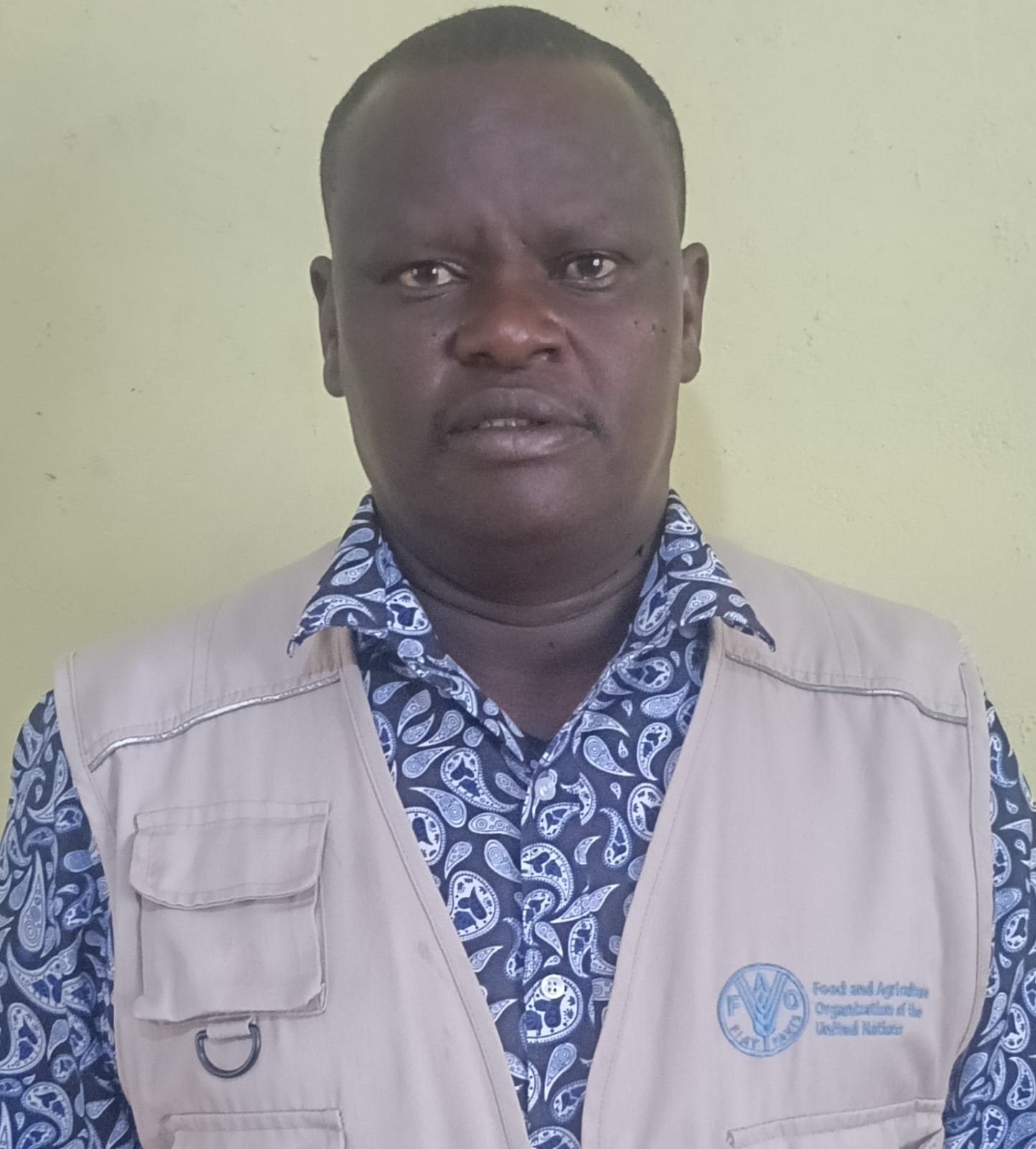
Douglas Leboyare
Chairman, Kirisia CFA
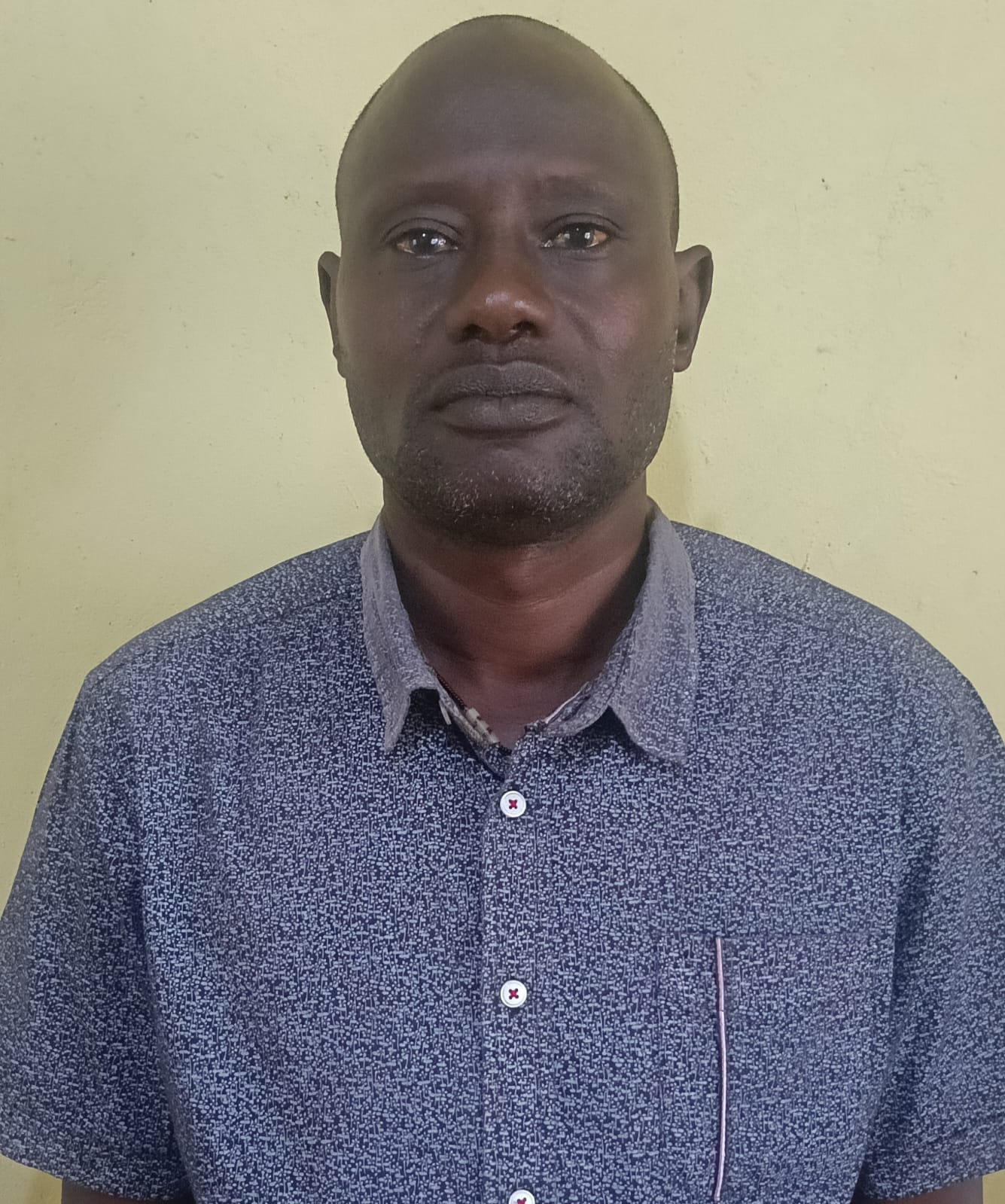
Olivia Johnson
Vice Chairman
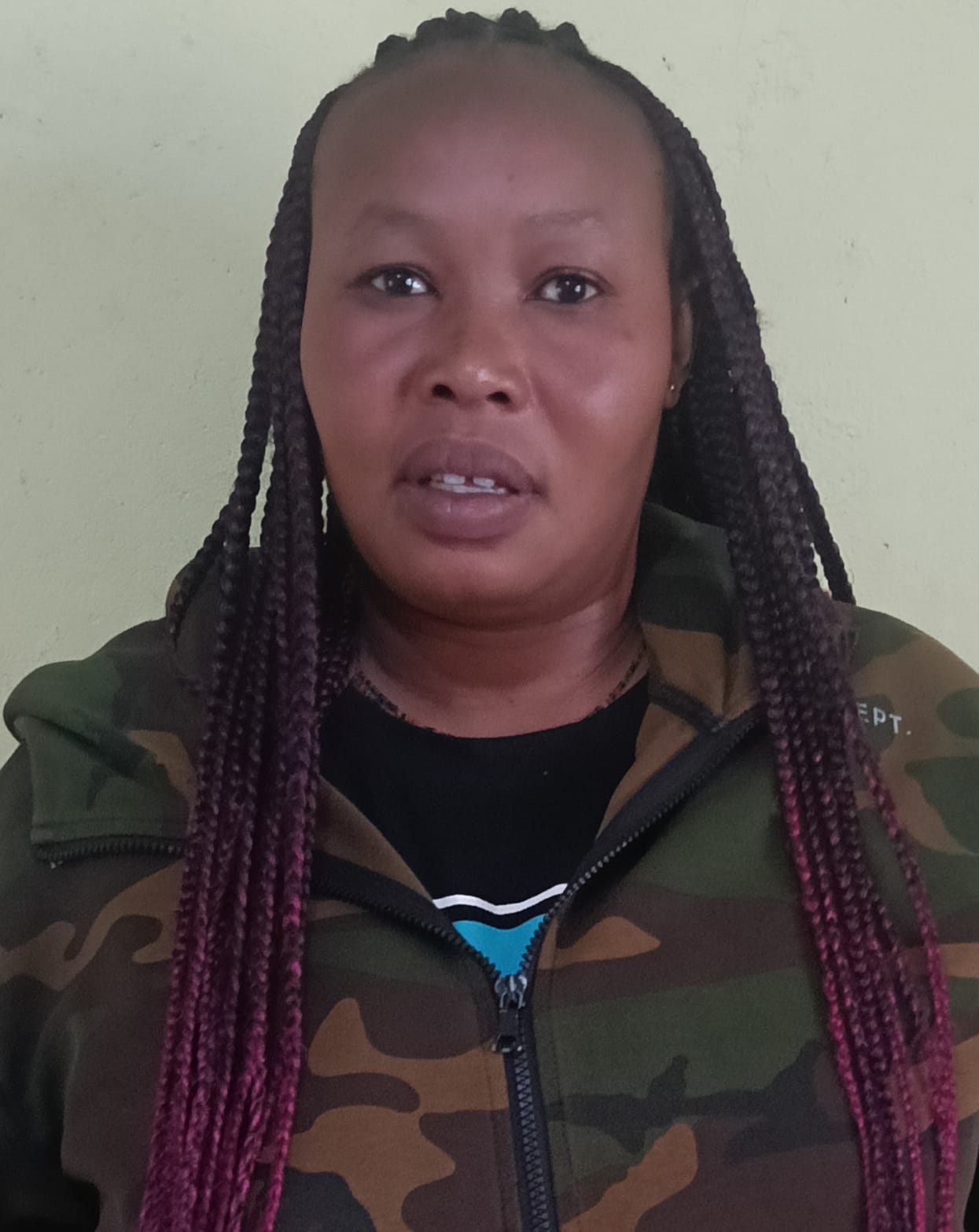
Ethan Brown
Organizing Secretary
Protect Kirisia, Protect Our Future
Kirisia Forest thrives through collaboration. Conservation partners — from government agencies to local communities and global NGOs — are uniting to restore degraded areas, conserve biodiversity, and secure sustainable livelihoods for Samburu County.
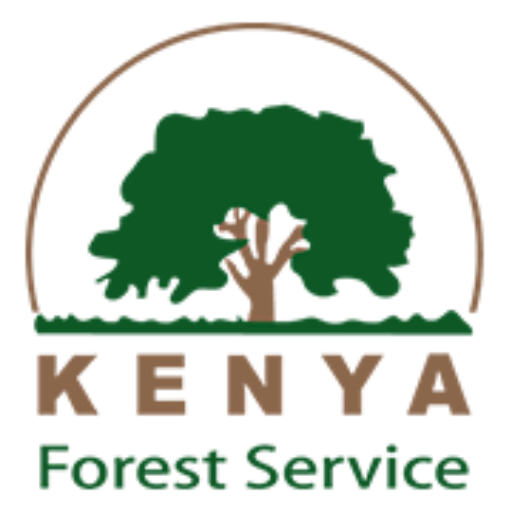

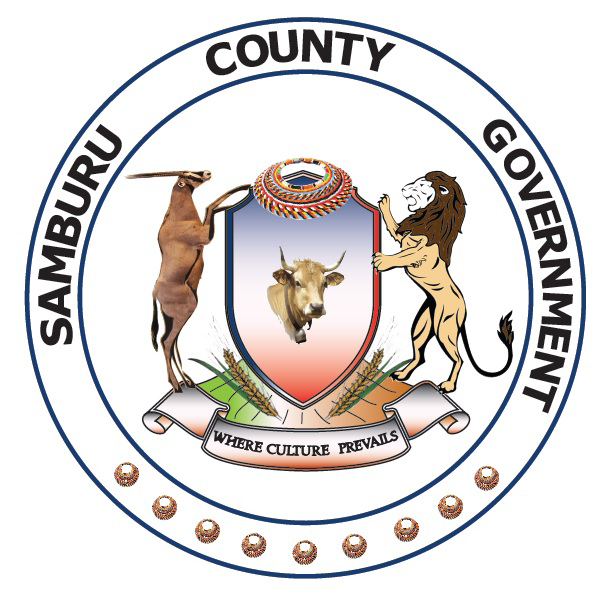




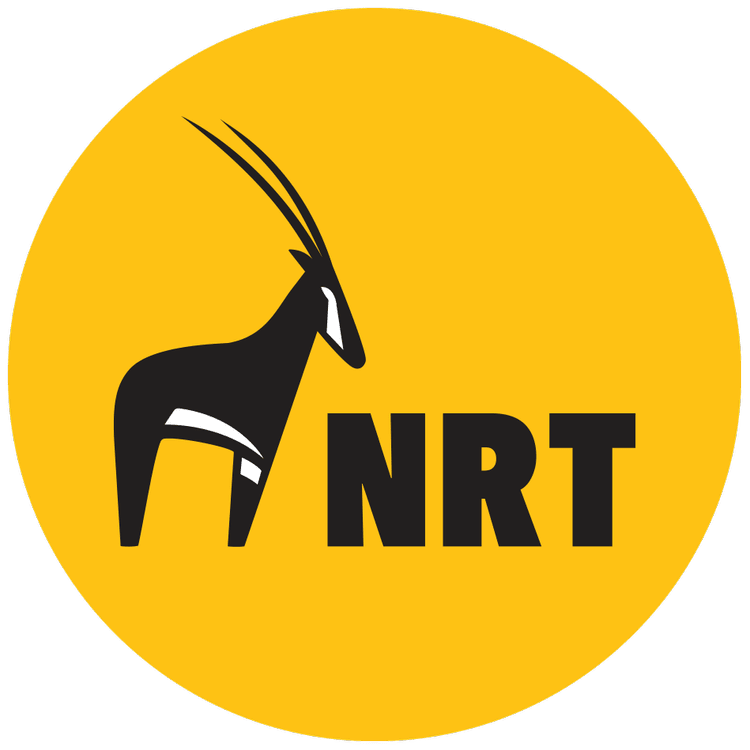












Discover answers to the most common questions about Kirisia Forest’s conservation, community involvement, and how you can help protect this vital ecosystem.
Reach out and let’s talk about Kirisia’s future.
Kirisia Forest is a water tower, wildlife refuge, and cultural heritage site for Samburu County. It sustains biodiversity and provides essential ecosystem services for surrounding communities.
You can contribute by volunteering, spreading awareness, or partnering with organizations working to restore Kirisia. Every action helps protect this ecosystem.
Yes! Kirisia is accessible via Maralal. Visitors can enjoy eco-tourism, birdwatching, and cultural experiences guided by local communities.
The forest is co-managed by the Kenya Forest Service (KFS) and the Kirisia Community Forest Association (CFA), with support from local and international partners.